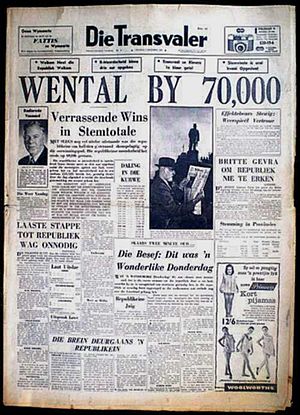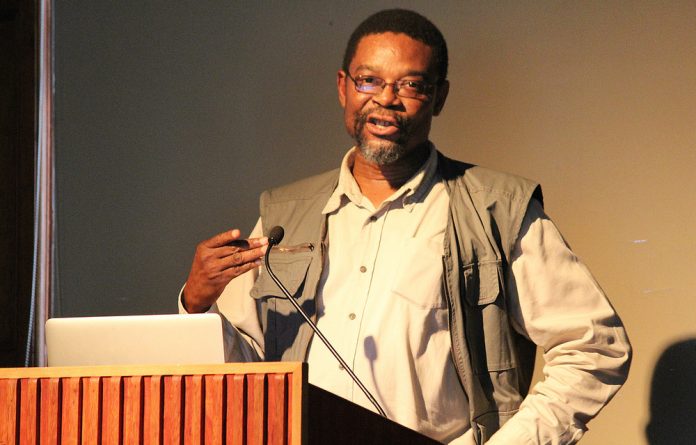McGregor, Western Cape
Legend has it that our Breede Valley neighbors would admonish their errant children with "Behave! Or I'll send you to McGregor!" and no one can deny that McGregor is somehow a little different.
McGregor is the best preserved and most complete example of mid-nineteenth Century Towns, in the Cape Province. With its traditional, whitewashed, thatched Cottages set in quiet streets, surrounded by Mountains, wildlife, and Wine Estates.
McGregor really is one of the jewels of South Africa! This charming Village of McGregor lies at the foot of the Riviersonderend Mountains, 20 km from Robertson, on a good tarred road. A dirt road does connect the Village with the N2 via the Stormsvlei Pass, but the tar peters out a little way beyond the village towards the famous McGregor to Greyton walk via the Bushmanskloof Pass. It is this physical sense of isolation which has helped to preserve some of the most attractive 19th Century Architecture in the Western Cape. The Village shares the climate of the Little Karoo: hot in Summer and cool to freezing in Winter, when the rain falls and occasionally snow shimmers in the sunshine on the encircling Hills. It is good Farming Country, it was the soil which drew the first farmers to settle in the late 1700's. A few scattered Houses were built in the early 1800's. Some were used for Church Services, (such as a terrace of three known as; 'Die Trein', in Voortrekker Street), some housed laborers and some were built by people such as the Miller and the Whip-maker. The Village was officially proclaimed only in 1862 and divided into 2½ha. Plots. By 1905, all the land had been bought by 19 smallholders and farmers, and their names are recorded on a contemporary map, now in the McGregor Museum. When the Plots were auctioned in this area, an advertising poster apparently, claimed that the Main Road to Cape Town from the North would probably pass through this Village. This never happened, and neither did the planned road over the Mountains through the Boesmanskloof Pass to Greyton! As a result, the Village has retained its friendliness and peaceful feel, with thatch-roofed Cottages, vines, apricot trees and olive groves adding a special beauty! he McGregor Heritage Society, aims to maintain its Historical significance, in Architectural and Social terms, to promote Conservation Awareness and continue the Development of the surrounding, Nature Reserve. The growing Settlement was originally called Lady Grey. Confusingly for the Authorities of the day and the Post Office, the Village shared this name with another in the Eastern Cape! But in 1904, the congregation of the Dutch Reformed Church decided to call their Parish and new Church in Voortrekker Street after their much-loved pastor, the Rev. Andrew McGregor, who had just retired after 40 years of dedicated service in Robertson. Two years later, in April 1906, the relieved authorities followed suit and gazetted an official name change to McGregor. People living in McGregor sometimes tend to forget that the name McGregor is that of one of the oldest and most honorable Scottish clans! An excellent Road runs from Robertson to McGregor. It carries on through the heart of the Village and then… stops. Originally, this road was meant to continue through the Mountains to Greyton, and then on to Cape Town. In 1861, it was decided that another Town was needed on this Road, and the Village of Lady Grey came into being. The Clan Gregor, is a Highland Scottish clan. Outlawed for nearly two hundred Years after losing their lands in a long power struggle with the Clan Campbell, the Clan Gregor claims descent from the third son of Kenneth MacAlpin, the first King of Scotland, a descent which is proclaimed in the motto, 'S Rioghal Mo Dhream, translated as 'Royal is my Race'! A descendant of the McGregor Clan; Chris McGregor who was a famous jazz musician, who was the great grandson of the Reverend Andrew McGregor. The great grandson of the Reverend McGregor was the famous jazz musician, Chris McGregor, who is credited with discovering the black jazz scene (or, more correctly, bringing it to a wider audience). McGregor moved from South Africa to London in the early 60's, along with his hand-picked band; 'The Blue Notes'. The McGregor Museum has important Historical Material and Artifacts crowd its shelves and cabinets, on the left hand side of the Tourism Office in the National Monument building in Voortrekker Street. The Museum operates under the authority of the Heritage Society of McGregor and is administered informally by an enthusiastic voluntary group, initially formed under the leadership of Helaine Shand, who herself has 19th Century family links, with the Village. The Museum would welcome the donation or loan of copies of any Documents, Letters, Title Deeds, Artifacts etc. which relate to life in the area from the latter part of the 1700's, on wards. The Museum has transcriptions of arguments over water rights fought in the courts by pioneering farmers at that time. Although a number of Houses were built in the first part of the 1800's, the Village was officially Proclaimed only in 1862.




